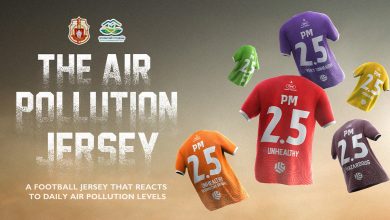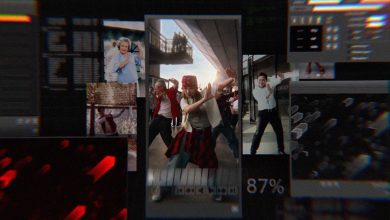MANILA, PHILIPPINES — For most millennials and Gen Zs, this age is marked by a sense of uncertainty. It goes without saying that every generation has had to face their own unique set of challenges. Sun Life Philippines has chosen to reach out to the younger generations by tackling a bevy of relevant issues while also empowering people to attain financial freedom through four short films: Sinag, Kulay, Ngayon at Bukas, and Para sa Akin.
Financial freedom is usually something that millennials and Gen Zs feel they’re still in the process of figuring out, and may even be something that can come across as difficult or daunting to reach. There may even be a sense that the only way to do this is through work that may be different from someone’s goals, or that may compromise their dreams in the long run, but ultimately this campaign is all about asserting that someone can be stable with their finances in the name of a happier, healthier life, and have the #FreedomToLiveBrighter.
The four short films — Sinag, Kulay, Ngayon at Bukas, and Para sa Akin — were released by Sun Life to approach different issues that many across the millennial and Gen Z age groups have. These are, in earnest, relatable ways that communicate Sun Life’s willingness to help empower them to achieve financial freedom and take strides towards the things they want in life.
Sinag
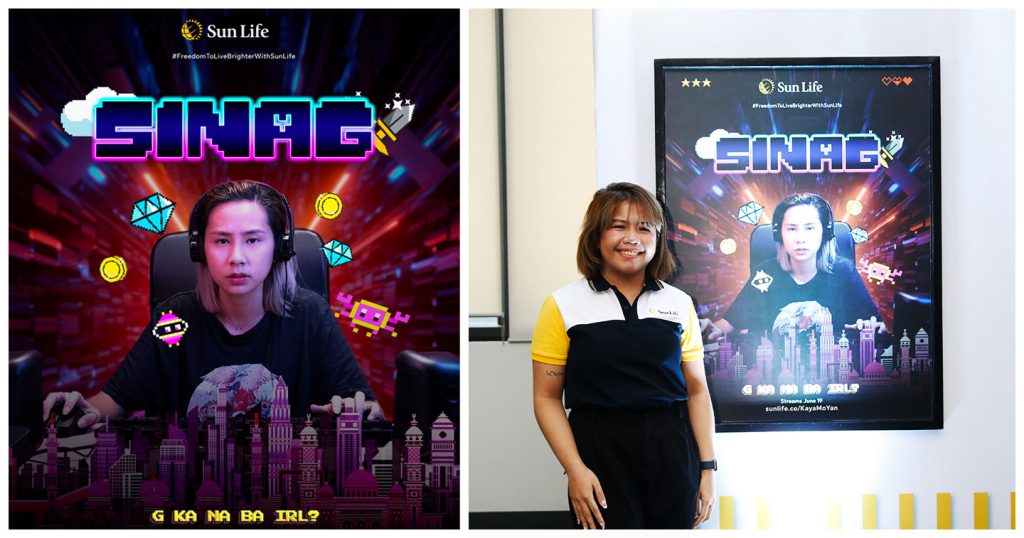
Sinag, created by Mei Solis, is about Ligaya, who likes to spend her free time playing video games with her girlfriend; and her mother Amaya, an OFW based in Dubai. A misunderstanding about Ligaya’s need of funds leads to tension between them, and Ligaya’s qualms about her mother’s physical distance and wanting to open up about her LGBTQ+ identity come to the surface in an argument. This is resolved with familial warmth and acceptance; the funds going to a surprise for Amaya: considerate, attainable choices for their future. As the child of an OFW, Mei understands how difficult it can be to communicate with a parent that you don’t get to spend a lot of time with. She wanted this to be an inspiration to other OFW families, while also expressing her gratitude for the support she’s found in gaming communities, which can be like another family.
Kulay
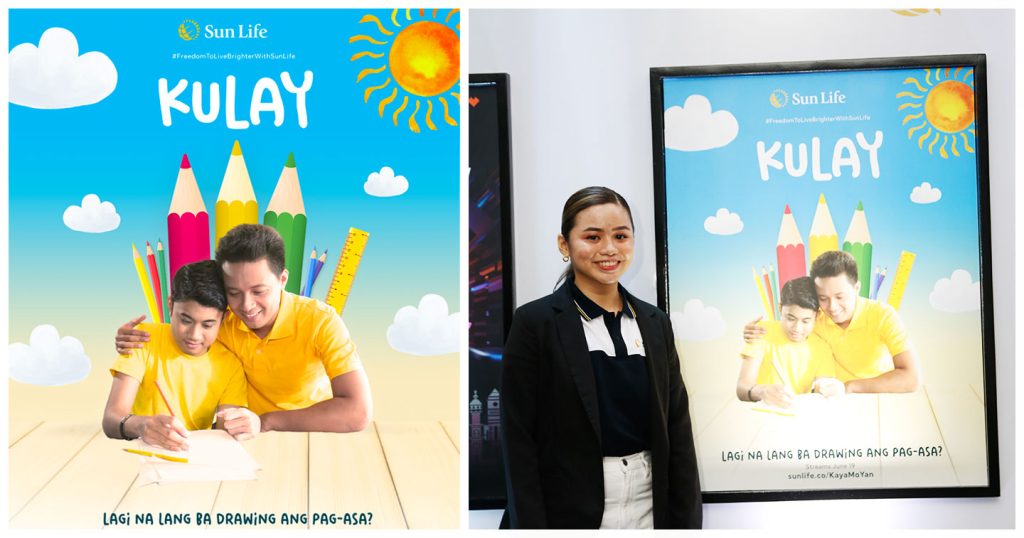
Kulay, created by Casey Borja, focuses on Lucky, an artistically inclined boy with autism spectrum disorder (ASD), and his father, who runs a cafe. Sometimes, customers don’t always give Lucky the understanding that his father does. But through their bond and a thoughtful application from Lucky to partner up with Sun Life, we see their business bloom through Lucky’s art, and his father’s love and understanding. Casey wanted to inspire people to be more inclusive. The film encapsulates this with the saying “Possibilities Without Discrimination,” driving a message that she believes in: as a society, we should support and give everyone equal respect.
Ngayon at Bukas
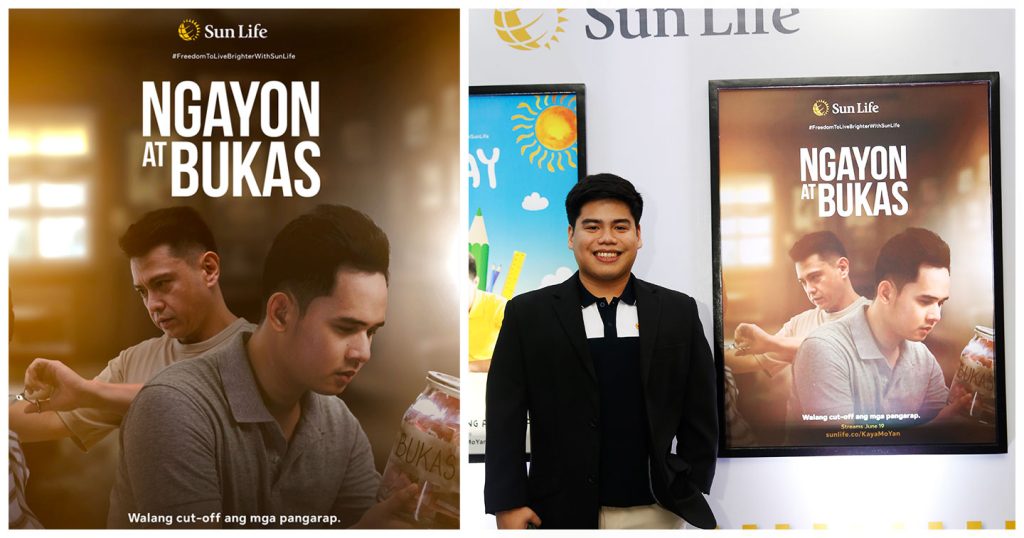
Ngayon at Bukas, created by JC Manzano, is a touching story about Eric, reminiscing about his father’s barber shop: we see how Eric started off as learning the craft from his father, and ultimately found his calling as a surgeon. Though his father has passed on, the lessons his father taught him and the preparations he made for Eric’s future enable him to open his own practice and manifest the life he wants. According to JC, this story is meant to help us remember the value of the teachings and guidance our parents gave us, through the memories we form with them.
Para sa Akin
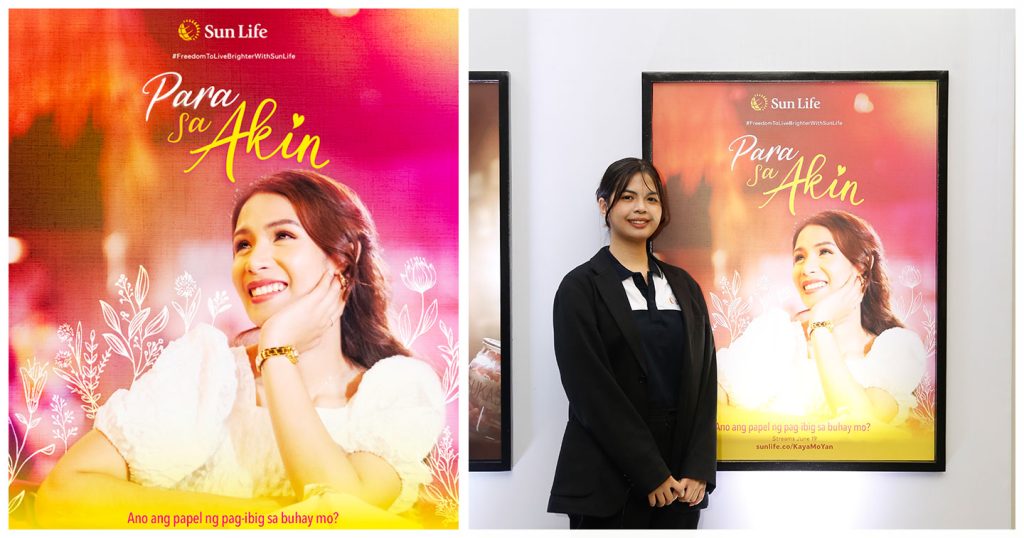
Para sa Akin, created by Bea Aguilera, is a whimsical take on the perils of dating, as told by Mal. Her string of bad experiences is cleverly shown to the audience as she narrates what she knows will come next, before we’re made to hope for something better — until the man she’s on a date with asks if he can borrow some money. Subtly, there’s a reminder here that instead of being like the man, partnering with Sun Life is the wise choice: Mal finds herself independent, empowered, and comfortable. Bea wanted to utilize a “hugot” gimmick, popular among millennials and Gen Zs, as the core storytelling device while acknowledging that “hugot” is commonly discussed among these age groups. This was packaged in a funny and relatable way to make the tricky topic of insurance generally easier to navigate.
Sun Life partnered with the creator of each film to produce a set of distinct takes on related issues relevant to both the millennial and Gen Z age groups. Sun Life Brand Strategy and Management Head Don Aaron Peji shared some of the thoughts and process that went into these shorts:
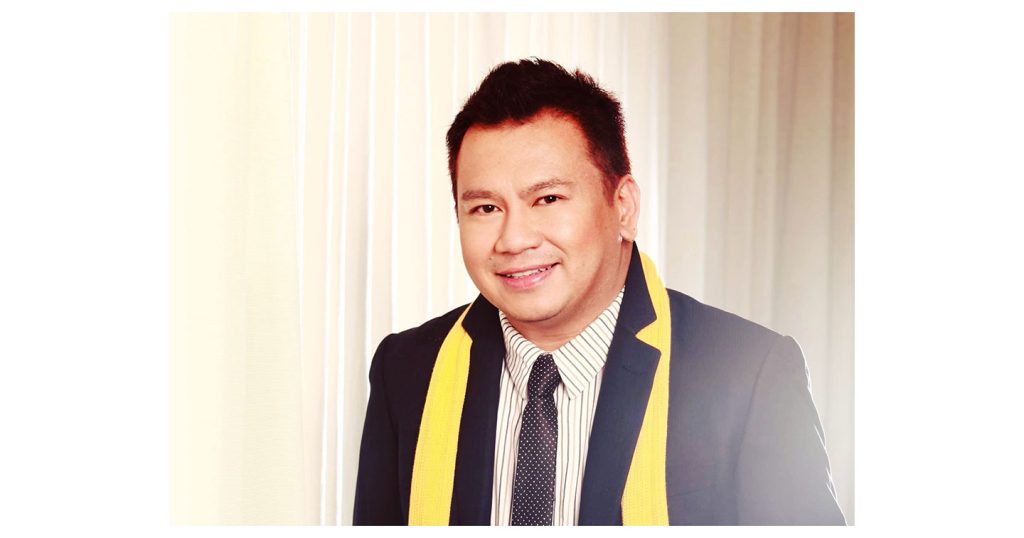
adobo Magazine: What inspired you to reach out to millennials and Gen Z in this campaign?
Don Aaron Peji: Each campaign we mount is built on the foundation of financial literacy, as Sun Life believes that financial independence is possible if you are knowledgeable about the solutions that can help achieve it. With this in mind, we wanted to reach out to millennials and Gen Zs in particular, because they are starting to take over the workforce. This is the most opportune time for them to start working towards a more financially secure life so that they can achieve their goals and take care of their families or loved ones.
What was the idea behind the campaign tagline, “Kaya Mo ‘Yan”?
Oftentimes, we are our own worst enemy. We tend to doubt our capacity to achieve our goals and dreams. “Kaya mo ‘yan!” is Sun Life’s way of inspiring Filipinos, in this case with a focus on youths in particular; sending the message that whatever your goals and dreams are, you can and will achieve them.
How did you build this campaign to form one unified message, supported by four different real-life situations?
This campaign takes to heart the lessons of financial literacy. Generations may change but the value of being free, financially and otherwise, remains the same. After going through the concepts pitched by our Gen Z storytellers, we just needed to find a theme that reinforced each story’s multi-faceted gist, and then neatly tie it together with a phrase that would resonate with our target audience while ensuring we could “brand” the campaign. Thus was born the main message and tagline: “Freedom to live brighter – kaya mo ‘yan!”
How did you identify the situations or problems that millennials and Gen Z face every day for the films?
Our team of Marketing Creatives are part of the Gen Z and millennial generations, so they’re actually living through or know someone facing the problems and situations that today’s youth are experiencing.
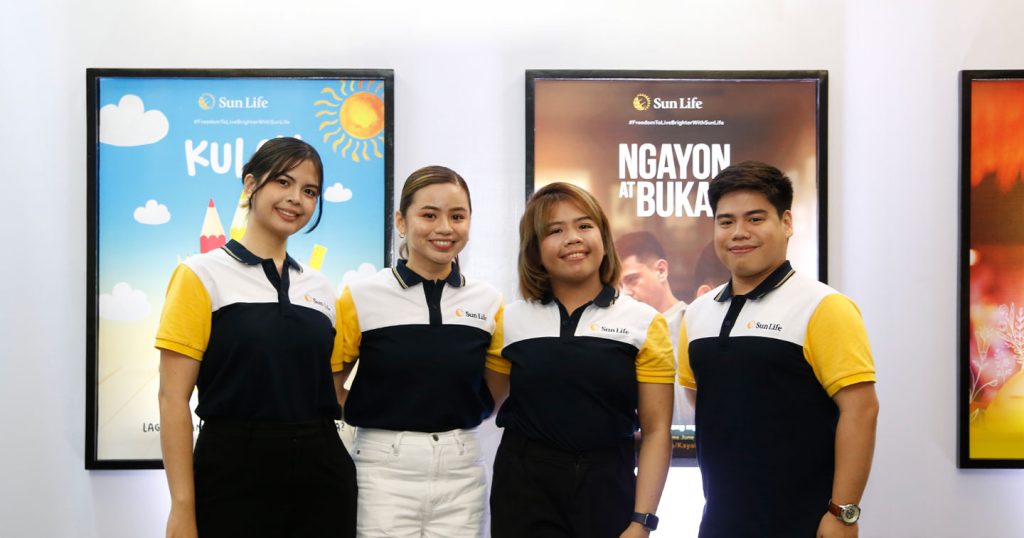
Why did you choose these situations specifically as inspiration for the four films and for the campaign itself?
Relatability to real life situations was key for this campaign. What’s depicted in the short films happens more often than we may think: we all know someone like Eric, who has lost a beloved parent; like Aya [Ligaya], separated from their parent/s because they are an OFW; or people like Lucky Jr. and Sr., who strive to balance managing business and personal matters; or like Mal, looking for their lifetime partner.
Why is it important to send these messages and stories from Sun Life across to millennials and Gen Z now?
It’s important to send inspirational messages and encourage today’s youth to be financially prepared earlier in life so that they can be ready for any of the uncertainties that everyone inevitably encounters in life. But more than this, we want people to realize that being financially independent helps them to pursue their passions, fulfill their dreams, and reach their life goals. We want to break the stigmas of insurance and other financial products, such as it’s just an added expense, or you won’t be able to enjoy the benefits in your lifetime, and show that it’s a meaningful tool to help someone secure their future.
Feeling ready and motivated? The #FreedomToLiveBrighterWithSunLife #SunLifePartnerforLife begins at www.sunlife.co/Financial-Independence-Month. Visit the link for more information on how Sun Life can help you achieve financial freedom, or talk to a Sun Life advisor via www.sunlife.com/TalkToAnAdvisor.





